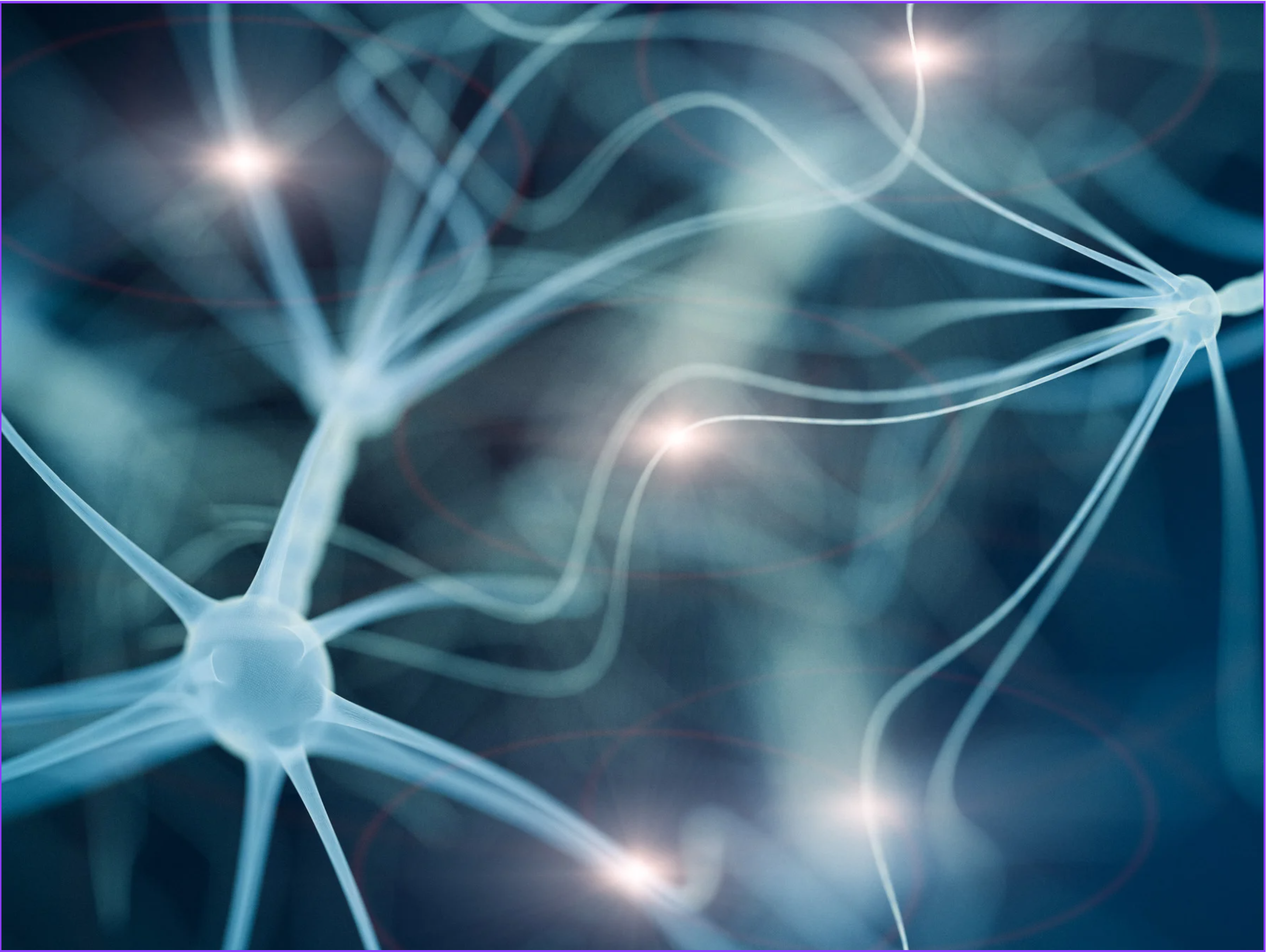It is important to work on emotions from childhood, as poor emotional management can lead to difficulties in the behaviour of young children, teenagers and adults in all environments: educational, employment, family, social… and this is applicable to everyone, regardless of whether or not they have an intellectual disability.
It is very important to work on emotions to try to find the balance between sensations (what we notice), emotions (what we feel), actions and thoughts. When we achieve this balance, we will achieve emotional maturity.
Emotions are something internal that ocurr in the amygdala, in the brain. The amygdala is an almond-shaped structure located near the hippocampus in the frontal portion of the temporal lobe. Our amygdalae are essential to our ability to feel certain emotions and to perceive them in other people. As with most other brain structures, we actually have two of them. If a suspicious individual is following us at night and we feel our heart pounding, our amigdalae are probably very active. Thoughts, however, are a bit more elaborate.
There are 6 basic emotions: joy, sadness, fear, surprise, anger and disgust.
Emotions cannot be avoided. An emotion such as joy is expressed in 3 seconds, sadness is expressed in 8 seconds. Moreover, emotions are involuntary: I can avoid not running away, but I cannot avoid feeling fear.
They are subjective. Everyone feels emotions differently.
They are responses to inner or outer situations.
They are very intense and necessary for survival.
They are contagious. If someone tells us a piece of news that makes them feel happy, it is easy for us to feel happy in seconds.
They are accompanied by sensations, thoughts and actions.
What stages should we follow so that our son or daughter becomes an emotional expert? It is important that from childhood we accompany our children to know and recognise their emotions so that they learn to adapt to life situations.
Phase 1. Knowing the basic emotions and what they are for
Phase 2. Recognising emotions in ourselves and in others.
Phase 3. Legitimising emotions, we must not override their feelings.
Phase 4. Learning to regulate emotions.
Phase 5. Reflect on the emotion we are feeling.
Stage 6. Acting out emotions in an adaptive way.
Phase 7. Establish a narrative story.
It is important to know our children’s emotional world, to legitimise their desires, thoughts and emotions. Encouraging waiting and allowing boredom will help activate the prefrontal cortex, which is the last area of our brain to mature. When our children feel boredom, they are able to get out of it by using creativity. Boredom is the cradle of wonder and creativity. It is in boredom that good ideas emerge.
The prefrontal area of the brain is fundamental for attention, concentration, problem solving and impulse control; in short, for working with will. A strong-willed person goes further than an intelligent person. Therefore, it is necessary to reinforce the will, encouraging the expectation of reward. We live in a society where I want everything now, I want to feel this now, I want to buy this now… we have to educate this will, and for this I am educating it, postponing rewards.
Playing with children, naming the emotions they feel, respecting their values and allowing uncomfortable emotions also helps us to understand our emotions and reach that important emotional maturity that helps us to concentrate and develop our intelligence and will.
Learning to regulate our emotions, to reflect on what we feel, to act by adapting to the situation in a positive way, helps us to establish a narrative story that gives meaning to our emotions, to find the cause of our feelings, to understand and know ourselves better. And it also teaches us to be vitamin people: positive, resolute and empathetic towards others.


















